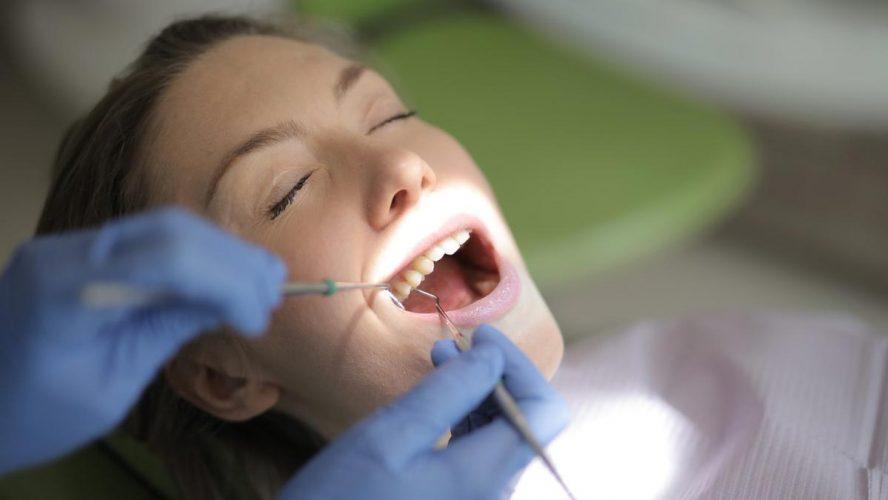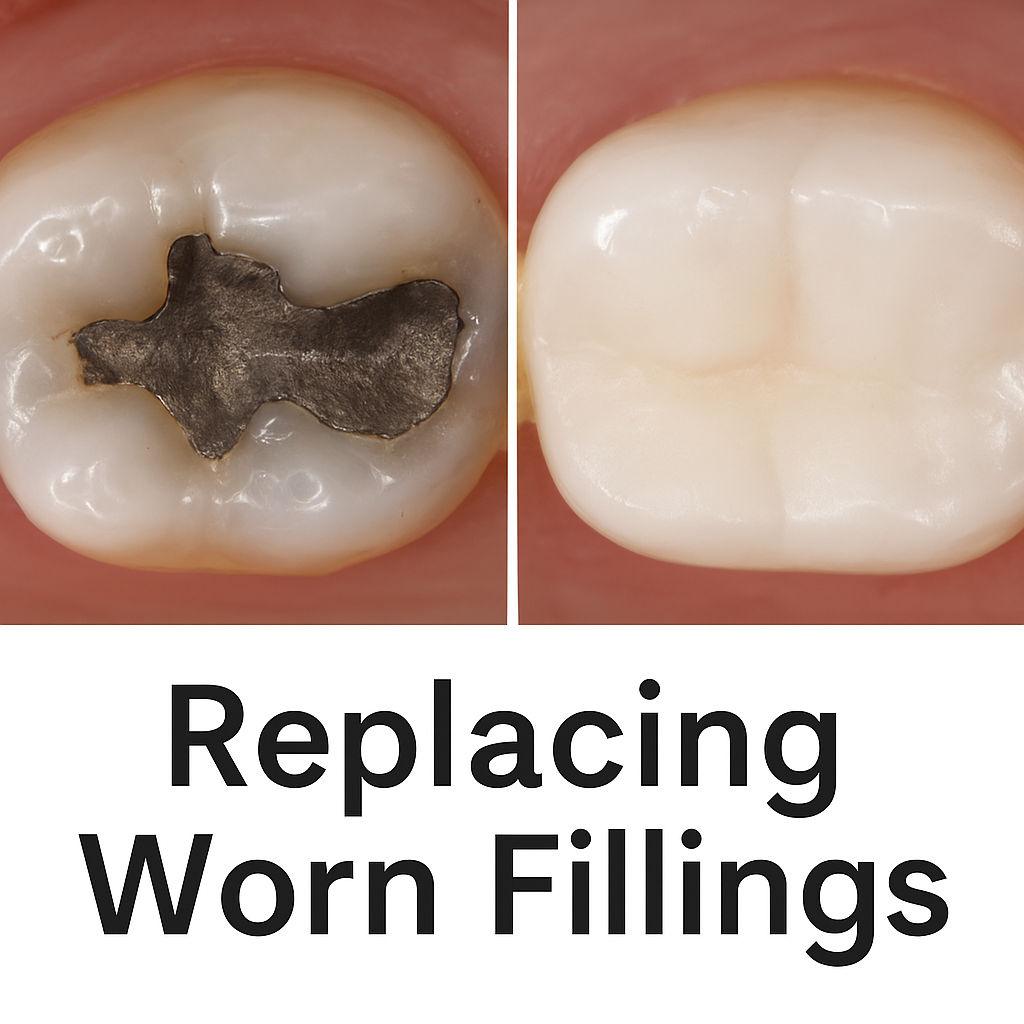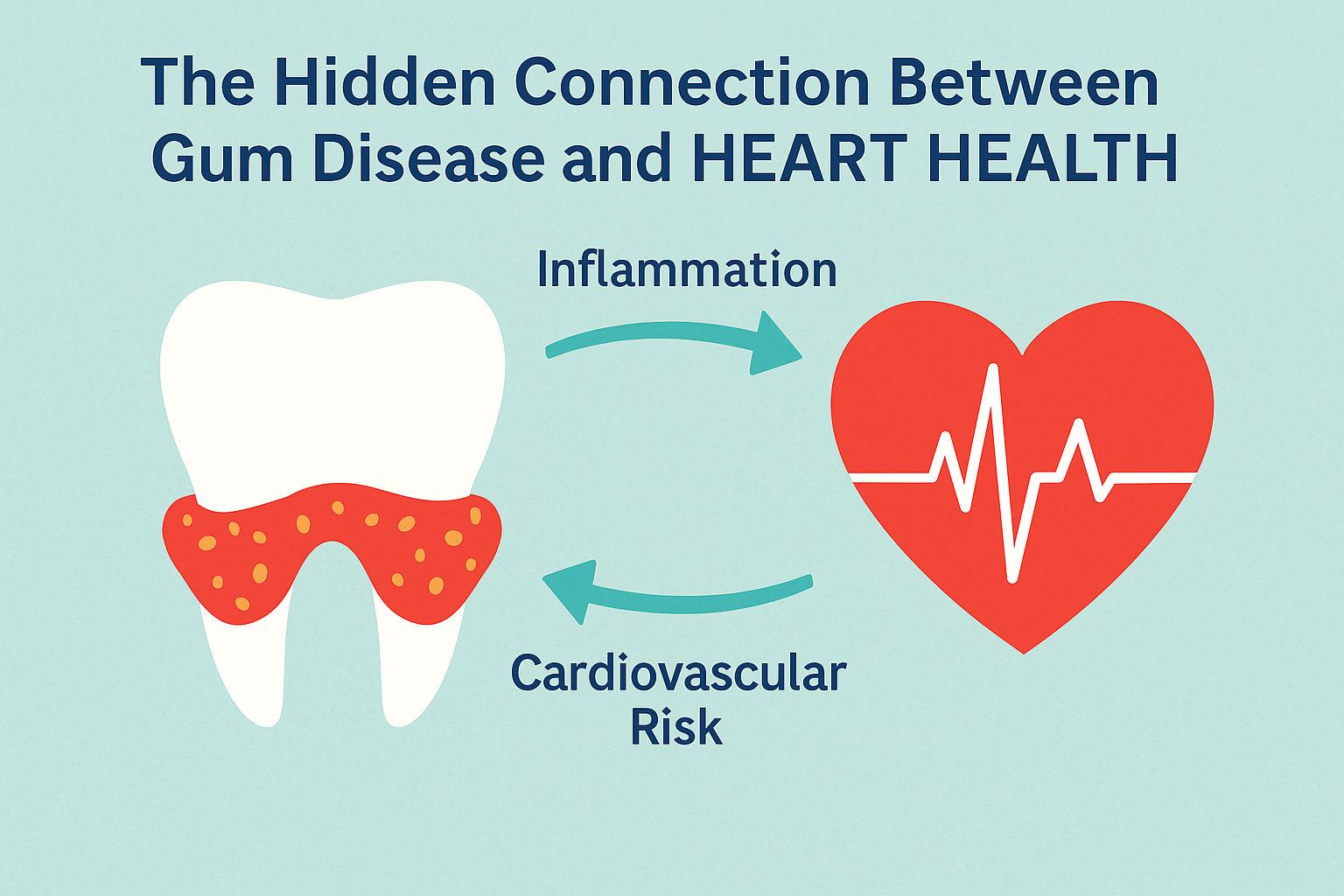Any person in Orem who has a filling in their tooth is bound to have it replaced. Several factors influence how long a dental repair lasts, but fillings can last up to twenty years with proper care. It’s essential to recognize the symptoms of a failed filling to have it changed before any additional harm is done to your tooth.
Different Kinds of Dental Fillings
The longevity of your filling will depend mainly on the material you choose, so it’s essential to take your time in making this decision. Think about the following factors when you and your dentist discuss the best option for your new filling:
- How the material looks and whether or not the filling can be seen
- This material’s long-term reliability
- The longevity
- How much that particular solution will cost
The most popular options for dental fillings and crowns are shown here.
Tooth-Colored Resin
This option will provide the most seamless aesthetic integration with your existing teeth. When properly cared for, resin fillings can last people for decades but may need to be updated every 7-10 years.
Silver/Amalgam
Silver fillings have an expected lifespan of about 15 years. Silver fillings are widespread, but they stand out the most because their color differs from natural tooth enamel.
Gold
This filling may last up to 30 years before it needs to be changed, making it the most costly option. Gold fillings typically have a lifespan of 15 years.
Extending the Durability of Restorative Dentistry Procedures
Maintaining your dental work properly may ensure it lasts as long as possible.
Keep Good Oral Hygiene
Maintaining healthy teeth and gums is essential regardless of whether or not you have fillings. If you want to keep your teeth healthy and robust, brush them twice daily and floss once, each time for two minutes. Always use fluoride toothpaste and a toothbrush with gentle bristles.
Follow a Healthy Eating Pattern
A healthy and easy strategy to safeguard your investment is to consume foods and beverages that are beneficial to your teeth and unlikely to cause erosion or damage. Plaque, the cause of dental decay, may be reduced by avoiding sugary, acidic, and processed meals like soda and fruit juices.
Post-Dental-Procedure Pain Reduction
You may do several things after getting a dental filling to lessen the pain and discomfort you might be experiencing. If you’re experiencing discomfort after getting a dental filling, the filling can be too high. If you feel that your filling needs to be smoothed or reshaped, don’t hesitate to call your dentist.
It’s also common to feel discomfort in other teeth besides the one that had the filling. Within a week or two, the discomfort from a new filling should subside since the affected tooth is just relaying signals to the surrounding teeth.
After getting a dental filling, you may want to take an over-the-counter painkiller if you feel pain or discomfort.
Dietary Restrictions After a Filling
After getting a dental filling, it is recommended that you refrain from eating anything complicated, chewy, or sticky for up to two weeks. Avoiding extremely hot or cold meals and drinks may also help alleviate tooth sensitivity. Brushing your teeth twice daily and flossing once a day is still recommended after getting a dental filling.
Regular dental checkups and cleanings twice a year will help preserve your fillings and other strong tooth structure. If you haven’t had your fillings examined in a while, call Canyon Gate Dental and make an appointment now.









